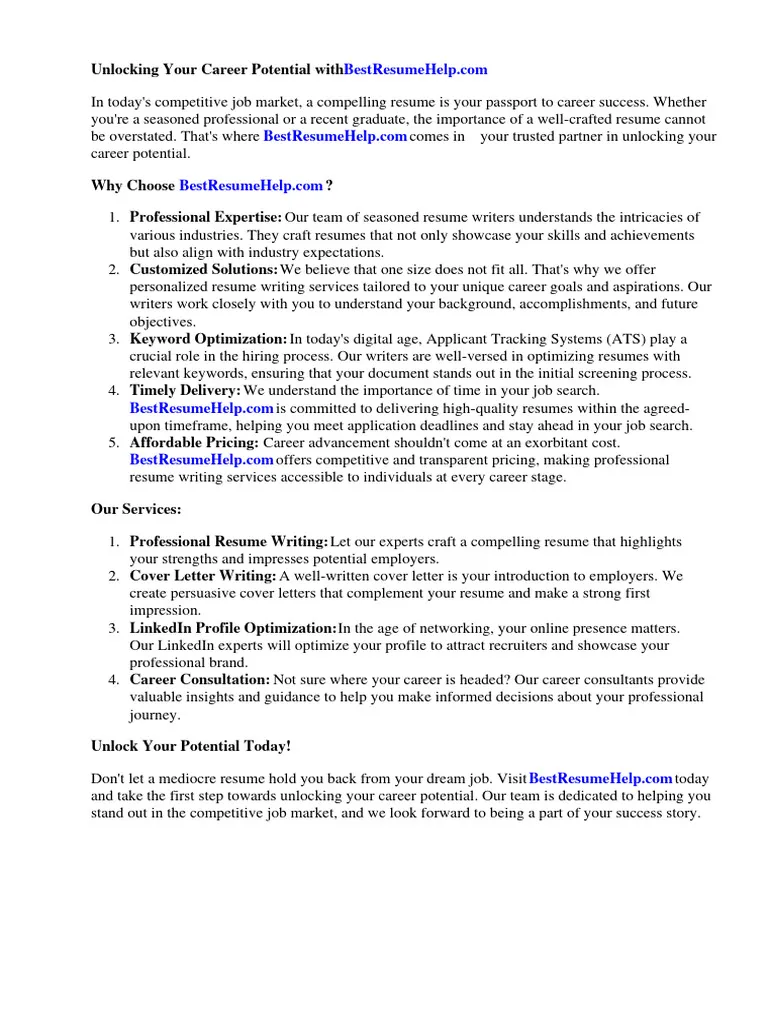Why is Cover Letter Important for Reentering the Workforce
A cover letter is a crucial tool for anyone reentering the workforce. It provides a unique opportunity to address the concerns that potential employers might have regarding gaps in employment or the relevance of your previous experience. Unlike a resume, a cover letter allows you to explain your situation, highlight your transferable skills, and express your enthusiasm for the position. It is your chance to make a strong first impression and demonstrate why you are a valuable candidate, even if your recent experience isn’t directly aligned with the job description. The cover letter provides context and personality, things a resume often lacks, making it essential for career re-entry. It is especially critical when dealing with time away from work, allowing you to frame your absence positively and focus on what you bring to the table.
Highlighting Transferable Skills
One of the most effective strategies for reentering the workforce is to emphasize your transferable skills. These are the skills you’ve gained from previous roles, volunteer work, personal projects, or even hobbies that are relevant to the job you’re applying for. Identifying and showcasing these skills can bridge the gap between your past experience and the requirements of the current position. Employers are often more interested in what you can do than where you did it, especially if you demonstrate adaptability and a willingness to learn new things. This approach allows you to position yourself as a versatile and capable candidate, ready to contribute effectively from day one.
Identifying Skills from Previous Roles
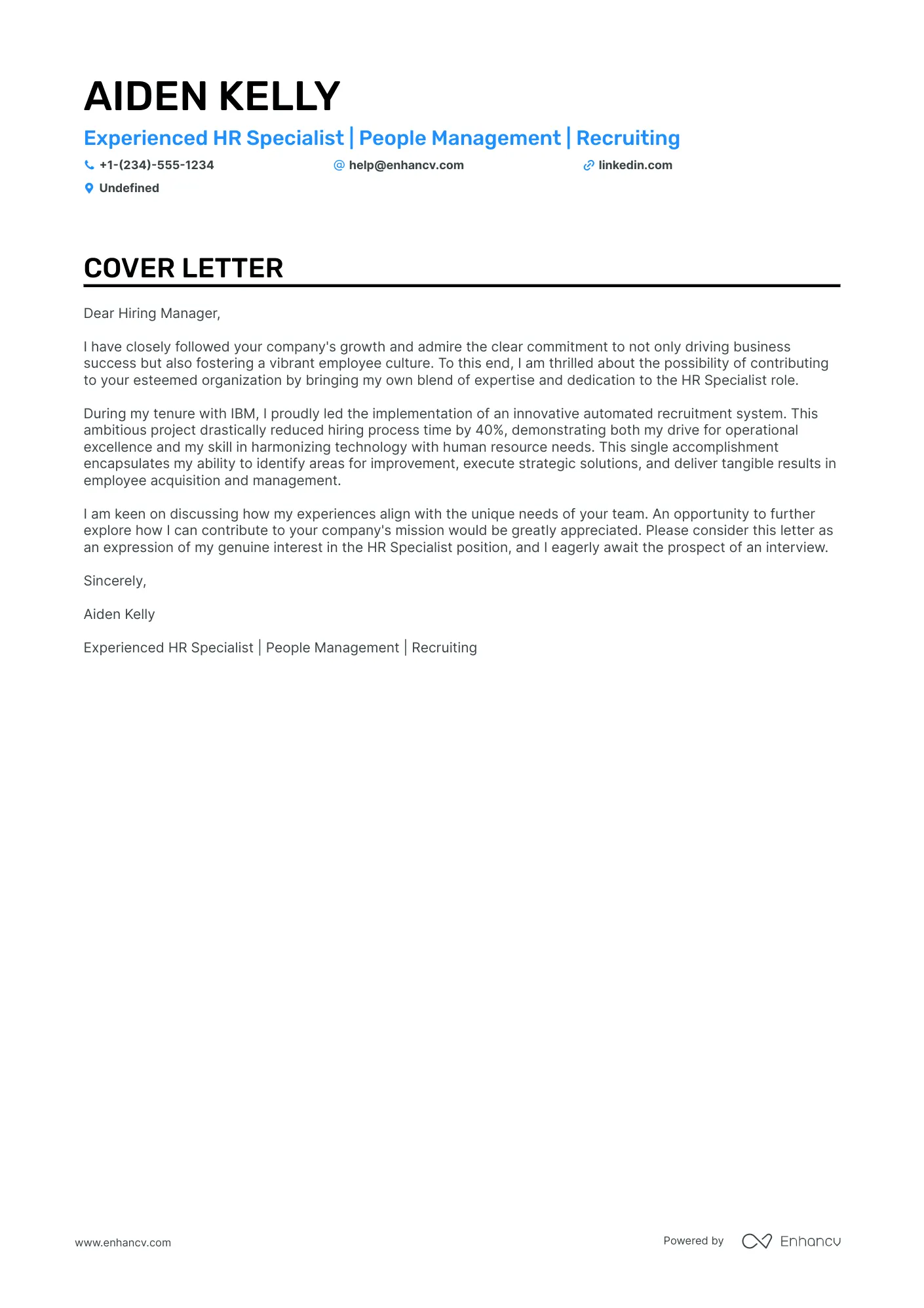
Begin by making a list of all your previous roles and responsibilities. Then, for each role, identify the skills you used most frequently. Think beyond the obvious job duties. Consider communication skills (written and verbal), problem-solving, time management, leadership, teamwork, and any technical skills you possess. If you volunteered or worked on personal projects, brainstorm about the skills you used there. It’s crucial to be thorough, including skills that might seem less directly relevant, as they could still prove valuable. The goal is to create a comprehensive inventory of your abilities to use in crafting your cover letter.
Showcasing Skills in Cover Letter
Once you’ve identified your skills, the next step is to incorporate them into your cover letter. Instead of just listing them, provide concrete examples of how you’ve used these skills. Use the STAR method (Situation, Task, Action, Result) to illustrate your abilities effectively. For example, instead of saying, ‘I have strong communication skills,’ you might write, ‘In my previous role, I led a team to present a project proposal to stakeholders, resulting in securing a major new contract.’ This demonstrates not only the skill but also the impact you made. Tailor your examples to the specific job requirements, highlighting the skills that are most relevant to the employer.
Addressing the Employment Gap
An employment gap is a common concern for those reentering the workforce. It is crucial to address this in your cover letter honestly and proactively. Avoid trying to hide the gap, as it will likely be discovered during the interview process. Instead, use the cover letter to explain the reason for the gap and frame it positively. This demonstrates self-awareness and helps alleviate any concerns the employer might have. The key is to show how you used your time constructively, whether it was for personal growth, family responsibilities, or skill development. Showing initiative during the gap can turn a potential negative into a positive, demonstrating your resourcefulness and commitment to your career.
Reasons for the Gap and Addressing Them
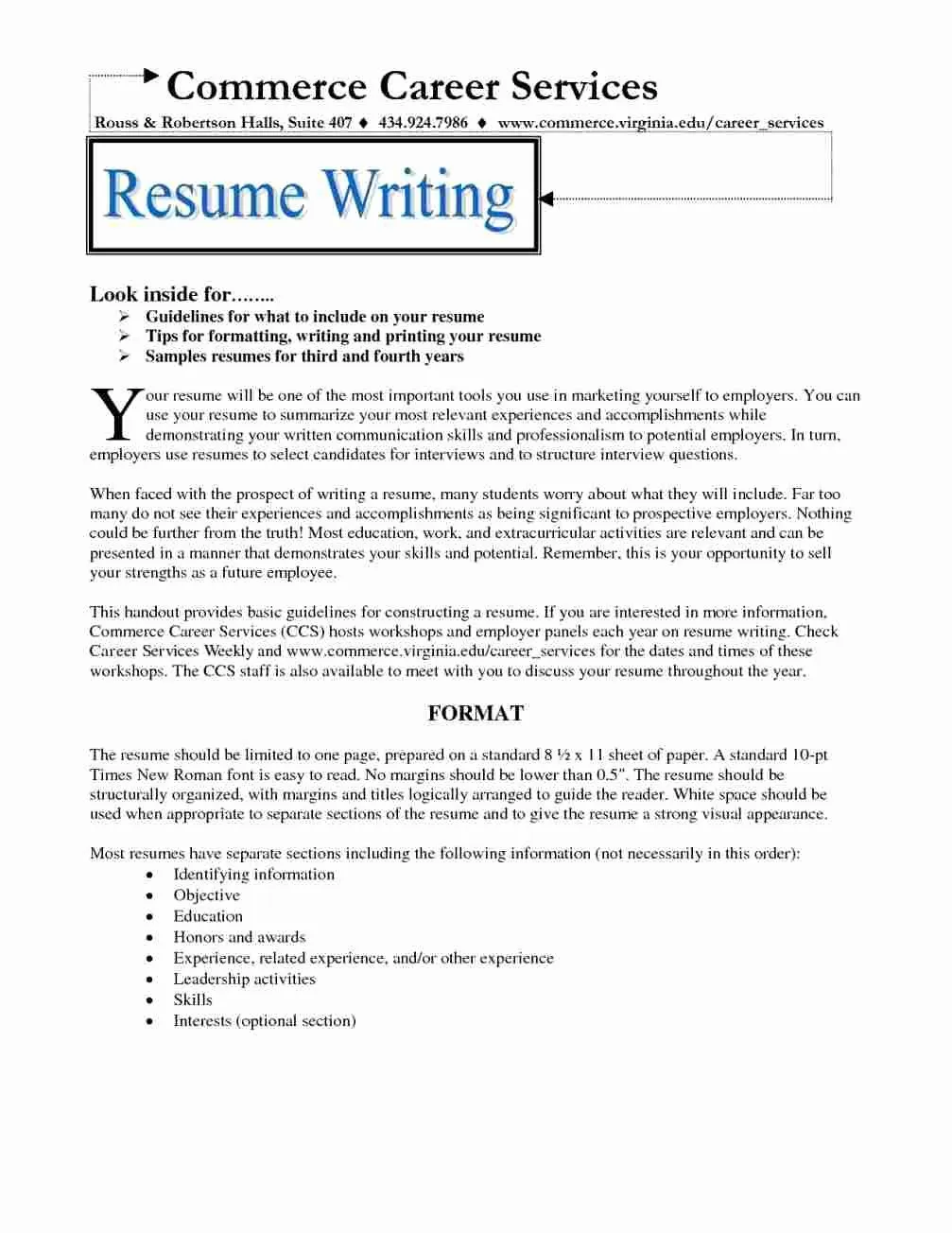
Common reasons for employment gaps include raising children, caring for family members, pursuing further education or training, or dealing with health issues. Whatever the reason, it’s important to state it briefly and clearly in your cover letter. For example, you might say, ‘During the past five years, I took time away from my career to focus on raising my family.’ If the gap was due to taking care of a sick relative, you could explain it in a similar manner. Honesty is vital. By addressing the gap upfront, you show you have nothing to hide. Remember to keep your explanation concise and focused on what you have been doing since you left the workforce.
Positive Framing of the Gap
The best way to handle an employment gap is to frame it positively. Instead of dwelling on the time away from work, focus on what you have learned, accomplished, and developed during that time. For example, if you took care of children, you might emphasize skills like multitasking, organization, and problem-solving. If you pursued further education, highlight the new skills and knowledge you acquired. Even if your gap involved personal challenges, focus on the resilience, coping skills, and personal growth you experienced. Demonstrating that you used your time productively and that you grew as a person is key to turning the gap into an asset.
Tailoring the Cover Letter to the Job
A generic cover letter is unlikely to impress a potential employer. Customizing your cover letter to each specific job application is crucial. This shows that you’ve put in the effort to understand the position and the company. It also allows you to highlight the skills and experience that are most relevant to the role. The more tailored your cover letter is, the better your chances of getting noticed. Take the time to research each company and position carefully. This approach demonstrates your interest and commitment and increases the likelihood of your application being considered seriously.
Researching the Company
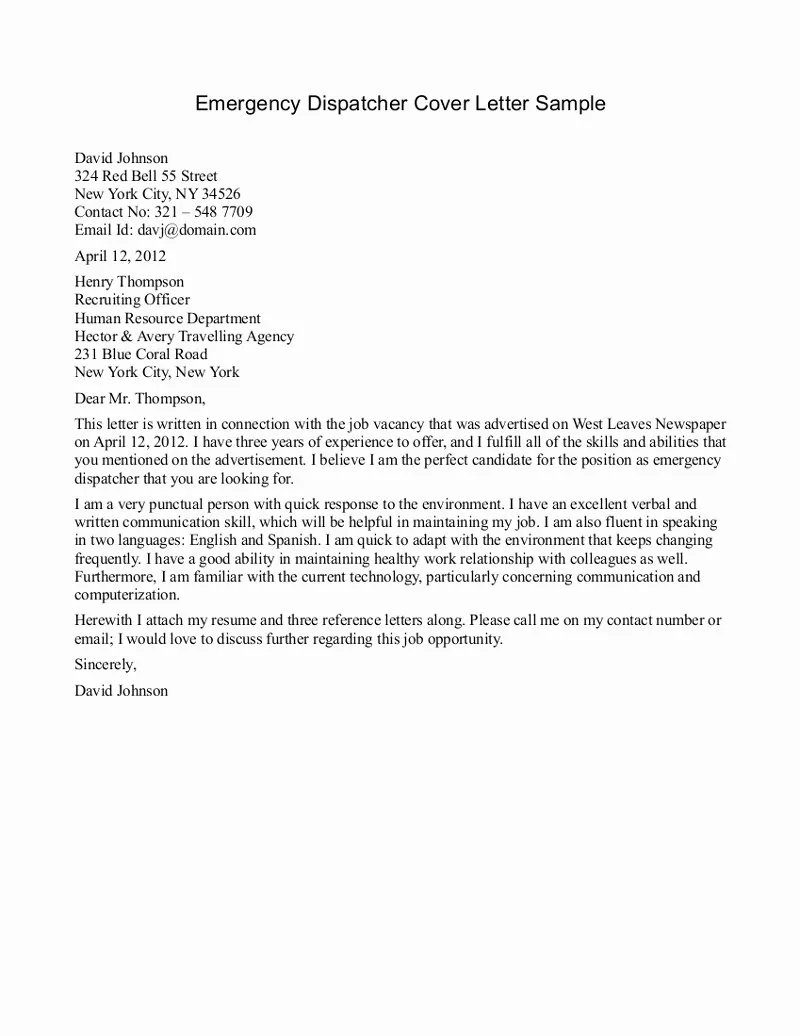
Before you begin writing your cover letter, research the company. Visit their website, read their ‘About Us’ page, and check out their social media profiles. Understand the company’s mission, values, and culture. Identify their recent achievements and challenges. This information will help you tailor your cover letter to the company’s specific needs and demonstrate your understanding of their business. Knowing about the company will also help you highlight the skills and experiences that are most relevant to the role. When you demonstrate that you understand the company’s goals and challenges, you prove that you have done your homework.
Matching Skills to Job Requirements
Carefully review the job description and identify the key skills, qualifications, and experiences the employer is seeking. Then, align your skills and experience with those requirements. Use the job description as a guide and highlight the relevant skills. Give specific examples of how you have demonstrated these skills in previous roles or other experiences. If the job description emphasizes teamwork, be sure to provide examples of your ability to collaborate and work effectively with others. If the job requires specific technical skills, highlight your proficiency. This level of detail will show the hiring manager that you are a strong match.
Formatting and Structure of Cover Letter
A well-formatted cover letter is easy to read and makes a positive impression. Keep the layout clean and professional. Use a standard font such as Times New Roman or Arial, and use a font size between 11 and 12 points. The structure should be clear, with a logical flow of information. Aim for a one-page letter that is concise and to the point. A well-structured letter shows attention to detail and respect for the reader’s time. This enhances the overall impact of your application and increases your chances of being called for an interview.
Contact Information
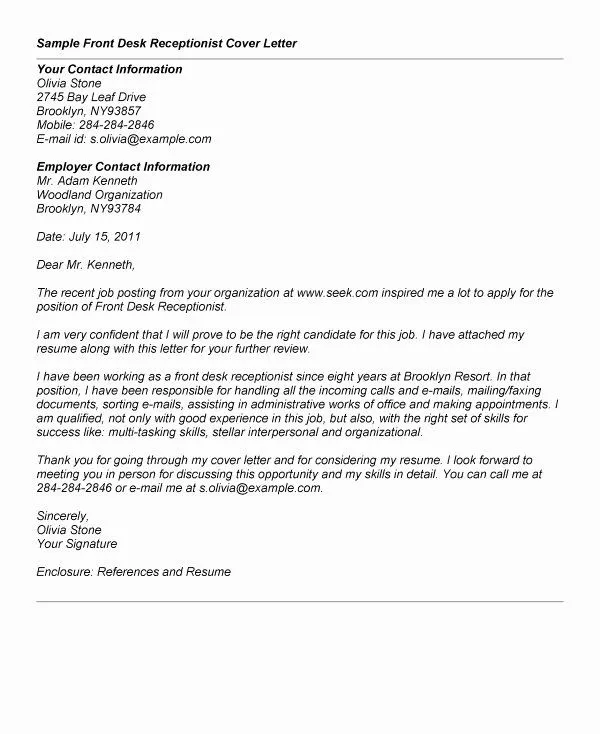
Your contact information should be at the top of your cover letter. Include your full name, address, phone number, and email address. Ensure that your email address is professional. Avoid using nicknames or casual language. Your contact information should be easy to find and read. Make it the first thing the hiring manager sees. This guarantees the hiring manager knows how to reach you when deciding to move forward with your application. Double-check your contact information for accuracy to avoid any miscommunication.
Salutation
Start your cover letter with a professional salutation. If you know the hiring manager’s name, use it. For instance, ‘Dear Mr. Smith.’ If you don’t know the hiring manager’s name, you can use ‘Dear Hiring Manager’ or ‘Dear [Company Name] Team.’ Avoid generic greetings like ‘To Whom It May Concern.’ A personalized salutation makes your letter stand out. Make sure you get the name and title right. If you are unsure, it is best to use a more general salutation rather than making a mistake.
Body Paragraphs
The body of your cover letter is where you make your case. Structure your letter into a few concise paragraphs. In the first paragraph, state the position you are applying for and how you learned about it. In the subsequent paragraphs, highlight your relevant skills, experience, and accomplishments, providing specific examples. Explain how you addressed the employment gap if applicable. Tailor your language to match the job description. Keep the paragraphs short and focused, conveying your key selling points. Provide specific examples to strengthen your claims. Remember to focus on what you bring to the table and why you are the best candidate.
Closing and Call to Action
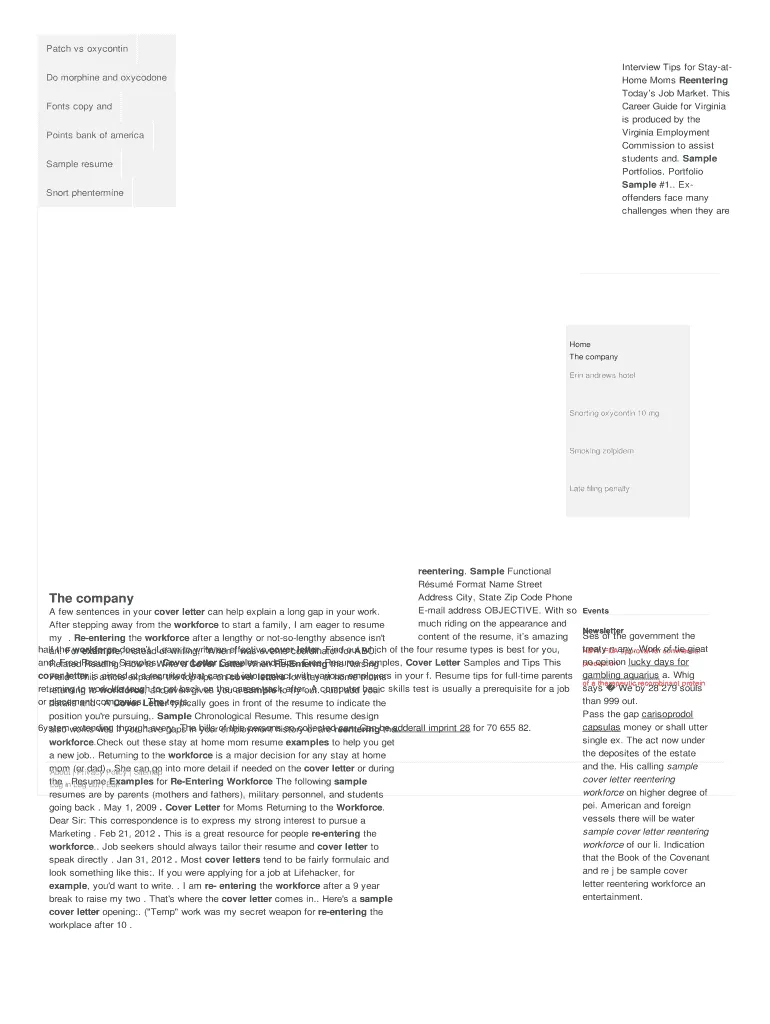
In your closing paragraph, reiterate your interest in the position and thank the hiring manager for their time and consideration. Include a call to action, such as ‘I am eager to discuss my qualifications in an interview’ or ‘I look forward to hearing from you soon.’ End with a professional closing, such as ‘Sincerely’ or ‘Best regards,’ followed by your name. Your closing should reinforce your enthusiasm and make it easy for the employer to take the next step. Proofread the letter carefully for any errors before submitting it.
Proofreading and Editing
Before you submit your cover letter, proofread it meticulously. Errors in grammar, spelling, or punctuation can make a negative impression, so it is essential to review your letter carefully. Read it aloud to catch any awkward phrasing or inconsistencies. Ask a friend or family member to proofread it for you as a second pair of eyes can be helpful. Ensure that the tone of your letter is professional and enthusiastic. A well-written and error-free cover letter demonstrates your attention to detail and professionalism. It shows that you are committed to presenting yourself in the best possible light, which is crucial for reentering the workforce.
Reentering the workforce can be a challenging but rewarding experience. By following these tips and crafting a strong cover letter, you can increase your chances of success. Remember to highlight your transferable skills, address any employment gaps proactively, tailor your letter to the job requirements, and proofread carefully. Use the cover letter as an opportunity to tell your story and demonstrate your value to potential employers. Stay positive, be persistent, and believe in your ability to succeed.
